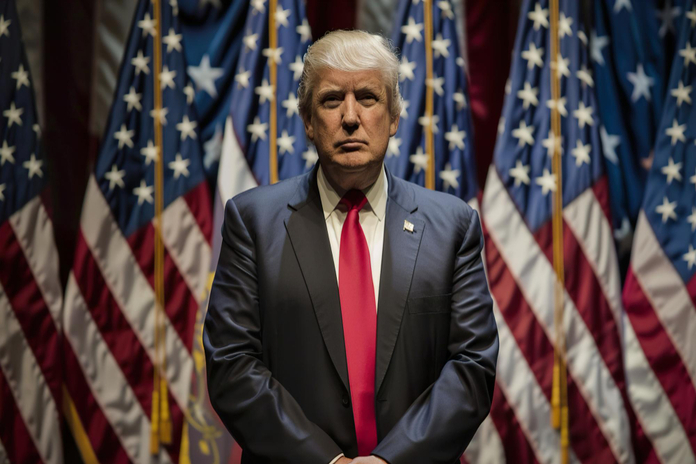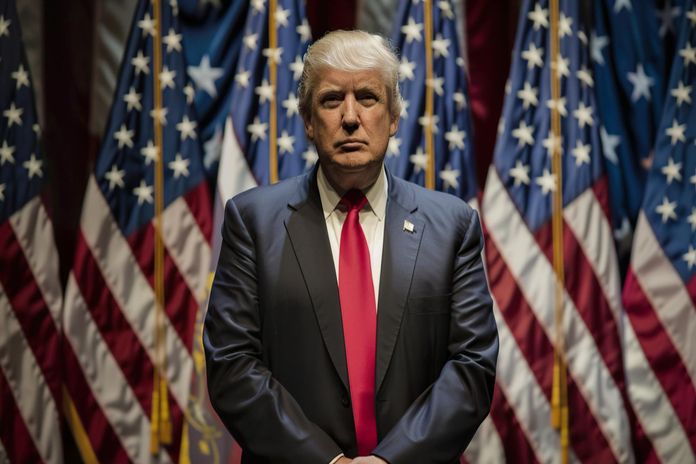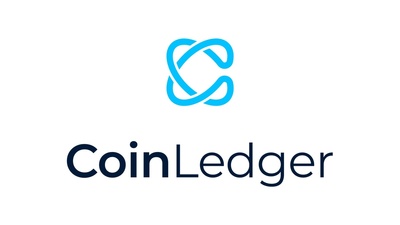Trump Crypto Rally: Bitcoin Hits New Highs, Dogecoin Surges

The cryptocurrency market experienced a remarkable surge as Bitcoin (BTC) soared to a fresh all-time high, surpassing $93,000 amid a “Trump crypto rally.” This rally has been fueled by the renewed optimism in the crypto community following Donald Trump’s recent election victory. Alongside Bitcoin, Dogecoin (DOGE), the popular meme coin often associated with tech entrepreneur Elon Musk, has seen its value skyrocket, gaining over 150% since election day. This extraordinary momentum suggests a promising yet unpredictable future for the digital currency landscape.
Bitcoin Reaches New Heights Amid Trump Crypto Rally
Bitcoin’s unprecedented rise past $93,000 marks an all-time high, driven by investor confidence that Trump’s presidency could usher in a more crypto-friendly regulatory environment. Since Trump’s victory, Bitcoin’s value has surged by over a third, reflecting the widespread anticipation of favorable policies and relaxed regulatory scrutiny for digital assets. The industry has long viewed the current administration as an obstacle, with leaders advocating for more straightforward guidelines and reduced oversight.
Dogecoin Soars After Trump Taps Musk for Government Efficiency
In a move that further invigorated the crypto market, Trump announced that Elon Musk and entrepreneur Vivek Ramaswamy would lead the newly formed Department of Government Efficiency (Doge). Dogecoin responded with a rapid increase in value, continuing to climb as Musk’s involvement heightened investor interest. The new advisory group, expected to bring innovative and cost-effective approaches to government operations, may also open avenues for blockchain integration within government processes, sparking even greater optimism in the crypto sector.
Crypto Advocates Find Renewed Hope in Trump Administration
Trump’s close ties to prominent figures in the crypto world, including Musk and Cantor Fitzgerald CEO Howard Lutnick, have been seen as promising signals for the industry. Lutnick, a key player on Trump’s transition team, has advocated for less restrictive crypto policies. His influence could bring more crypto-friendly figures into Trump’s economic advisory team, setting the stage for potential industry growth and expansion.
This administration change marks a stark contrast to the previous leadership under the Biden administration, which took steps to impose greater oversight and regulations on the crypto market. Gary Gensler, former chair of the Securities and Exchange Commission (SEC), was perceived as a critic of unregulated cryptocurrency, emphasizing investor protections after high-profile cases like the FTX and Binance collapses.
Crypto Community’s Role in Trump’s Victory
Throughout the election, Trump received substantial support from the crypto community, with many industry leaders rallying behind his campaign to unseat regulatory hawks. High-profile crypto enthusiasts like Brad Garlinghouse, CEO of Ripple, publicly voiced support for Trump’s approach, noting, “The Biden administration’s war on crypto is coming to an end.” Such endorsements underscore the widespread belief that Trump’s victory may signal a revival for the digital asset space in the U.S.
Dogecoin’s Role in Government and Musk’s Influence
Trump’s appointment of Musk to lead the Department of Government Efficiency solidified Musk’s role in influencing Trump’s administration. Under this initiative, Dogecoin is expected to partner with the White House’s Office of Management and Budget, advising on efficiency measures and cost-reduction strategies within government operations. Musk, known for his commitment to transparency, plans to document the department’s actions on his social platform, X (formerly Twitter), inviting public input on government spending decisions.
Musk shared his excitement on X, posting, “Anytime the public thinks we are cutting something important or not cutting something wasteful, just let us know!” His proactive approach has resonated with both the public and investors, further fueling Dogecoin’s rising valuation.
Looking Ahead: Will the Trump Crypto Rally Sustain?
The Trump crypto rally underscores the cryptocurrency community’s optimism for reduced regulatory pressure and increased adoption. As Trump’s administration develops, industry stakeholders are closely watching for signals that might shape the future of digital assets in the U.S. However, experts caution that market volatility remains a factor, and investor confidence may hinge on the administration’s ability to deliver on pro-crypto promises.
For now, the Trump crypto rally has provided a significant boost to digital assets like Bitcoin and Dogecoin, reigniting interest and investment. As policies and appointments continue to unfold, the crypto market’s reaction will serve as a barometer for the administration’s impact on digital currencies. With the crypto industry entering a new phase under Trump’s leadership, investors and crypto advocates alike remain hopeful for a prosperous era of growth and innovation.
Featured Image: Freepik








